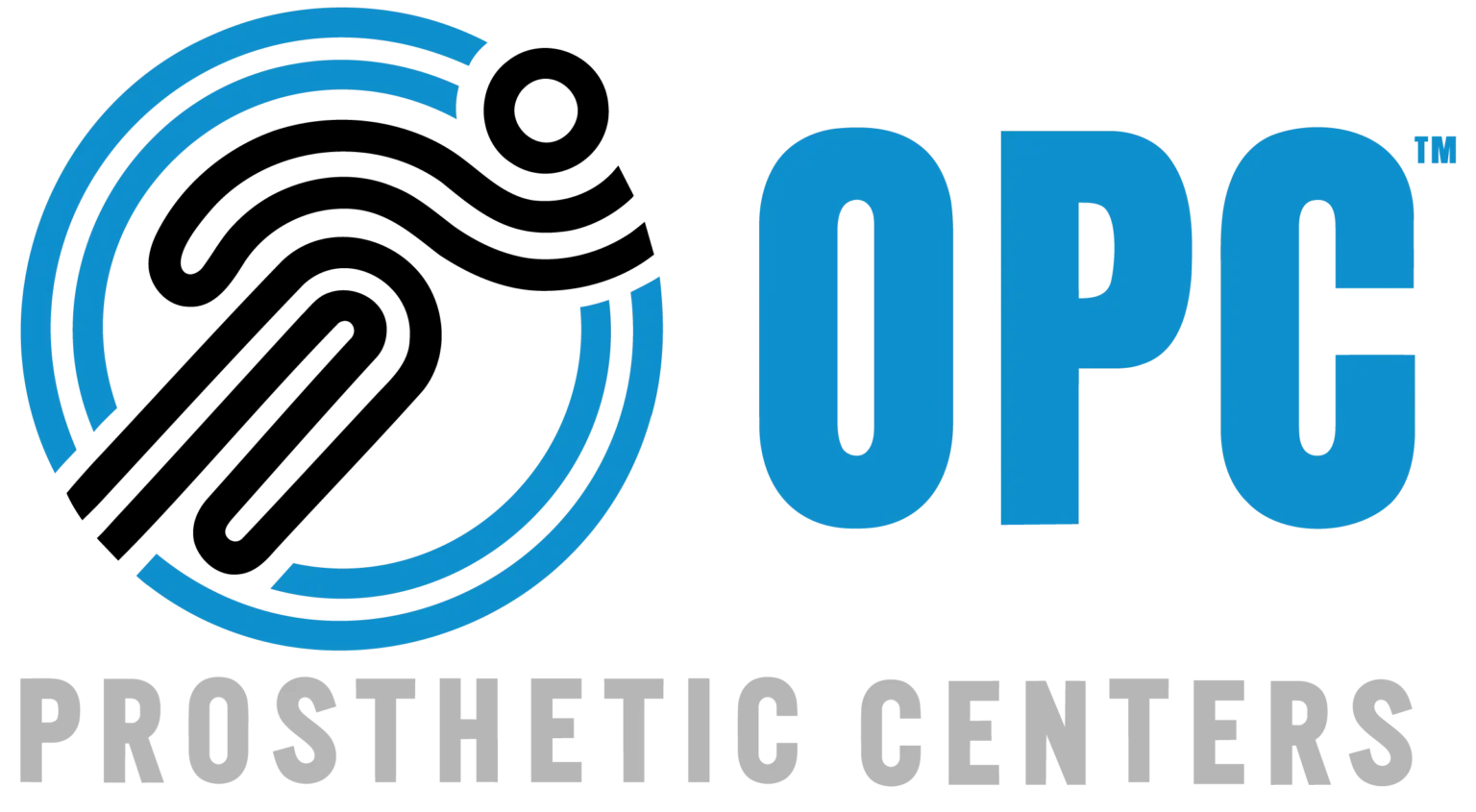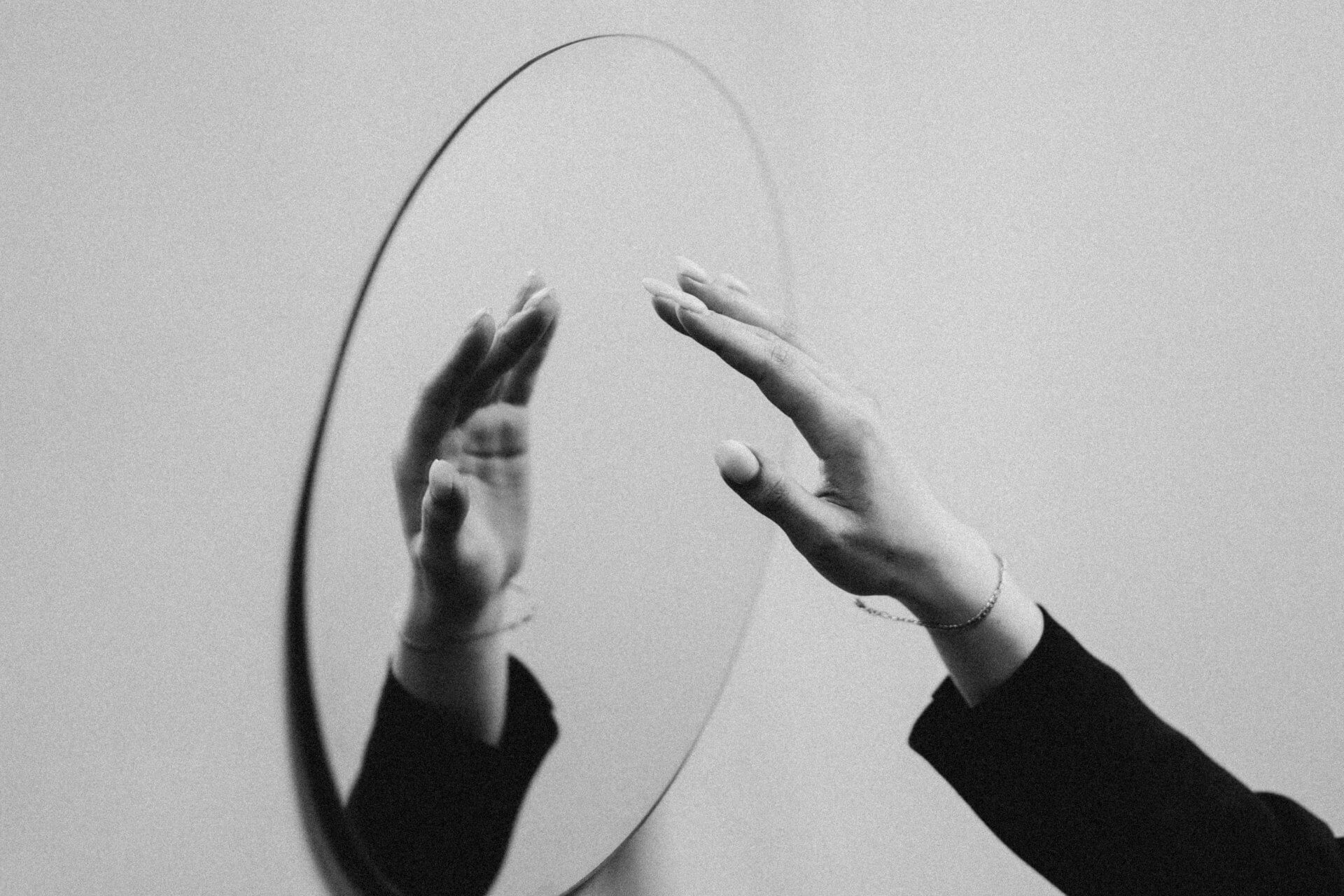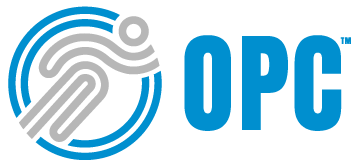Mirror therapy for phantom limb pain is a promising treatment that involves specific verbal and written instructions that help patients relate movement in a mirror to movement of their phantom limb. Patients learn to keep their attention focused on the task while observing their phantom.
Therapists taught patients the technique and then demonstrated it to them. Then, they trained on their own for four weeks. To ensure patient compliance and decrease strain, five different movement tasks were devised.
NMDA receptor antagonists
In addition to NMDA receptor antagonists, other drugs used for phantom limb pain include opioids, ketamine, and TCAs. Those who have phantom limb pain should seek treatment if they experience this condition, as they have a similar level of discomfort. If a treatment is unsuccessful, the patient may consider a surgical procedure as the last resort.
While neuropathic pain has a variety of causes, such as vascular disease, it is common for limb amputation to occur. This condition, called phantom limb pain, affects between 60 and 80% of patients who have had an amputation. There is a pharmacological intervention available, but little research has been done to determine the efficacy of individual drugs. Here, we discuss how NMDA receptor antagonists may be helpful in phantom limb pain, including the potential side effects of using them.
While there is no definitive answer as to why phantom pain occurs, studies have indicated that hyperexcitability of NMDA receptors is a contributing factor. Dextromethorphan, an NMDA receptor antagonist, is used to block pain. In an open-phase trial, patients took dextromethorphan 90 mg twice daily for three months, or they could receive it three times a day. After treatment, patients were evaluated for one month to determine the effectiveness of the treatment regimen.
Aside from NMDA receptor antagonists, other treatments for phantom limb pain include symmetrical exercises, magnetic field therapy, and spinal cord stimulation. Magnetic field therapy involves the placement of tiny electrodes along the spinal cord. When applied regularly, a low-frequency electrical current is sent to the spinal cord, reducing pain. However, this
treatment option may cause side effects, such as lightheadedness or headache.
There are several mechanisms that may contribute to the creation of phantom limb pain. The central and peripheral nervous systems are involved in phantom limb pain, but no single one of them can explain phantom limb pain independently. The cortical map of the excised limb is maintained by a variety of factors, including top-down and bottom-up pain pathways. The Makin group aimed to identify these factors and hypothesize that central-to-peripheral pain pathways are involved. They used motor imagery and phantom movements to elicit responses from patients.
During the study, a 44-year-old woman with right-sided phantom limb pain underwent a rightsided forequarter amputation. She received immediate release morphine for severe phantom pain. Three weeks after the procedure, she was tapering off of the morphine. Despite a clinically significant improvement in her opioid responsiveness, she continued to have phantom pain, mainly in her right hand.
In addition to addressing the physical pain, a patient may also be experiencing mental symptoms related to the prosthetic limb. Patients with phantom limb pain may be suffering from a condition called visual-proprioceptive dissociation. Although there is no definitive diagnosis, treatments for PLP are based on the proposed mechanisms. Many of these drugs are used in conjunction to
achieve a favorable result.
Acupuncture
There are a variety of treatment options available for phantom limb pain, and there are several options to consider. These include medications, noninvasive therapies, and implanted devices. Ultimately, the best treatment will be determined by your doctor’s recommendation, but if all else fails, you can try acupuncture. It may help ease your pain while you continue your daily routine.
Other treatments for phantom limb pain include spinal cord stimulation and magnetic field therapy. Both methods involve inserting stainless steel needles into your skin. This procedure is relatively safe when performed correctly, and the needles are generally sterilized. Repetitive transcranial magnetic stimulation is another option. During the procedure, an electromagnetic coil is pressed against your forehead. The coil sends short pulses to the targeted nerves in your brain.
While conventional analgesics were ineffective in managing phantom limb syndrome, acupuncture treatment without analgesics was associated with long-term pain relief and improved quality of life. This treatment may not be effective for everyone, however, and more research is necessary to determine the effectiveness of this treatment. If you are suffering from phantom limb pain, acupuncture may be the treatment for you.
One type of acupuncture that has shown a promising outcome in treating phantom limb pain is based on stimulation of muscle cells using plate electrodes. Plate electrodes modulate a sinusoidal current of 10 to 50 Hertz with pauses of 1-6 s. A pause between pulses is crucial in removing pain. Asymmetry biphasic waveforms are less effective with smaller muscles and can cause skin irritation or burns. The amplitude intensity is set to 100 mA, and the pulse duration is between 0.2 to 0.4 msec.
Low-frequency TENS stimulation is also used. Low-frequency TENS treatment has shown to be more effective than high-frequency TENS, and may have more benefits for patients who experience phantom limb pain. In addition, low-frequency TENS therapy is safe and well tolerated by the majority of patients. The best method is a combination of low and high- frequency TENS stimulation. The treatment should be administered several times a day.
Generally, two types of acupoints are used to treat phantom limb pain. These include Shenmai (BL62) and Jiexi (ST41) and Taichong (LR03). In addition, these treatments should be performed on a regular basis to ensure that they are effective. The selected acupoints are Shenmai (BL62), Jiexi (ST41), and Zhaohai (KI6).
Mirror therapy
Patients with phantom limb pain can find relief through mirror image therapy. Using an image of their good limb, mirror therapy helps patients imagine regaining control of the missing limb. The reflected image creates artificial visual feedback that allows patients to unclench the phantom limb from painful positions. These effects were observed in all six patients. However, one patient experienced grief during the mirror therapy session.
The main goal of mirror therapy is to trick the brain into believing that the limbs are intact. This treatment changes the way pain signals are processed in the brain. By showing the patient the same side as the pain, the brain receives the information that the two limbs are functioning normally. This information results in a cortical restructuring, which diminishes the intensity of the pain. However, there are some limitations to this therapy.
A systematic review by Barbin et al. in 2016 found that the effectiveness of mirror therapy in phantom limb pain is modest. The results of a meta-analysis of randomized trials suggest that a small number of patients may benefit from mirror therapy. However, future studies should utilize more robust research methods and explore long-term benefits of the therapy. As a result, this therapy has a promising future for treating phantom limb pain.
Many methods are available to treat phantom limb pain. Among these are medication, surgery, nerve block, neuromodulation, and physical therapy. Although the results of these methods are not conclusive, some research shows that mirror therapy can significantly reduce the pain experienced by patients with phantom limbs. It is also important to understand the role mirror therapy plays in the process of generating limb imagery.
Researchers in the Netherlands have discovered that mirror therapy has a positive effect on phantom limb pain. The therapy was effective in reducing pain, improving function, and quality of life in patients with phantom limb pain. For more information, see the paper: “Does mirror therapy work?”
The research on mirror therapy for phantom limb pain is promising. The use of a long mirror between the legs of a patient with phantom limb pain reduces PLP by as much as 27%. In addition, telescopic distortion of the phantom limb predicted reduced pain after mirror training. fMRI data analyses also showed a relationship between the change in pain and activity in the inferior parietal cortex, which is related to pain perception.
Traditional treatments such as acupuncture or physiotherapy are ineffective in reducing phantom limb pain. In fact, studies have shown that traditional treatments only provide relief for ten percent to 12% of patients. Mirror therapy is an innovative method which may not only alleviate the symptoms of phantom limb pain, but also help understand the nature of consciousness and pain perception. If it can help the vast majority of amputees with their condition, it could be the solution they’ve been waiting for.



